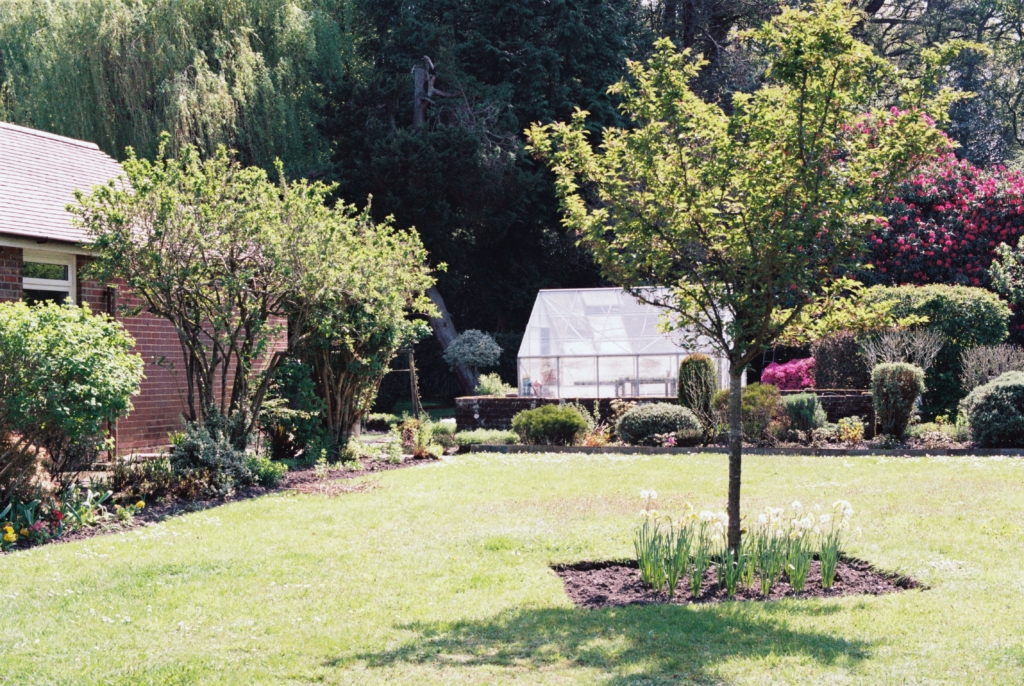As most of us have come to recognize, protecting the environment has never been more important than right now. According to a 2020 report published by the World Meteorological Organization (WMO), the world is already 1.1 degrees Celsius warmer than it was during its pre-industrial years. Even more alarming are the findings by WMO that suggest current emissions levels will warm the globe by an estimated 4 to 5 degrees Celsius by the end of the century. This rapid rate of warming leads to significant disturbances to the global environment, including large sea-level rise, hurricanes, tornadoes, droughts, heatwaves, and more.
To help combat the global warming issue, we all need to take certain actions to live more sustainably. With spring and peak gardening season just a few weeks away, we thought, why not start in our own backyard?
Despite the many environmental and health benefits that come with gardening and yardwork, these two activities can both take quite a hefty toll on the environment and earth if not done mindfully. Almost 14% of the average household garbage bin is comprised of garden waste. Garden waste, or green waste, refers to the improper disposal of organic material, such as weeds, leaves, grass clippings, and flowers. When these organic materials aren’t properly discarded, they can’t be recycled and add to the overall waste deposits that we’ve accumulated on our planet.
Keep reading below to learn some of the best ways to cut garden waste and create a more sustainable yard.
1. Improve the Health and Efficiency of Your Soil
A lush and beautiful garden or lawn begins with healthy soil. Some easy and great ways to help improve soil quality include:
- Mulching – This will not only help retain moisture in the soil but will also prevent weeds from growing in your lawn. Mulch options for sustainable landscaping include shredded bark, grass clippings, cocoa bean hulls, and pine needles.
- Composting – This allows you to transform your green waste into a nutrient-rich sustainable fertilizer alternative. Grass clippings, deadheaded flowers, dried leaves, and more can all be used.
- Aerating – Removing small plugs of soil from your lawn is great to do right before you add your compost to the soil to increase its ability to retain water.
2. Choose Native Plants and Trees
Not only are native trees and plants accustomed to local climate and rainfall patterns, but they also provide habitat and attract critical local wildlife including birds, butterflies, and other beneficial local pollinators. Plants that come from your region are naturally resistant to local pests and disease, and are extremely low maintenance because of this. Native plants also customarily do not require fertilizers, pesticides, or additional watering, so they are easy and inexpensive to maintain and are extremely earth-friendly.
3. Conserve Water
Saving water while maintaining a green and vibrant landscape doesn’t have to be difficult or time-consuming. There are many simple actions you can take that don’t require significant expenses or lifestyle changes including watering during the right time of the day, adjusting your sprinklers, removing weeds, keeping the grass high, and harvesting rainwater.
4. Avoid Plastic Packaging When Buying Tools
Plants, seeds, and gardening supplies come in a wide range of plastics and other harmful materials that are difficult (if not impossible) to be recycled. All you need to do is put a little extra thought into how you can avoid using the plastic packaging that most of these items come in. There are plenty of eco-conscious garden supply companies that you can order your supplies and greenery from, but if you’re buying from a local nursery, you can always return the plastic pots that your garden plants came in so the nursery can reuse them. If you want to avoid packaging altogether, you can take your own cloth sacks, pots, and other containers to the store when you go shopping and leave the plastic containers behind.
There are countless possibilities when it comes to maintaining a sustainable backyard or garden. These are just some of the many ways you can reduce your environmental impact as you enjoy this healthy hobby.
If you’d like to learn more about how you can create a more sustainable lifestyle and help combat global warming, then be sure to read more posts on the Spring Power & Gas blog.


